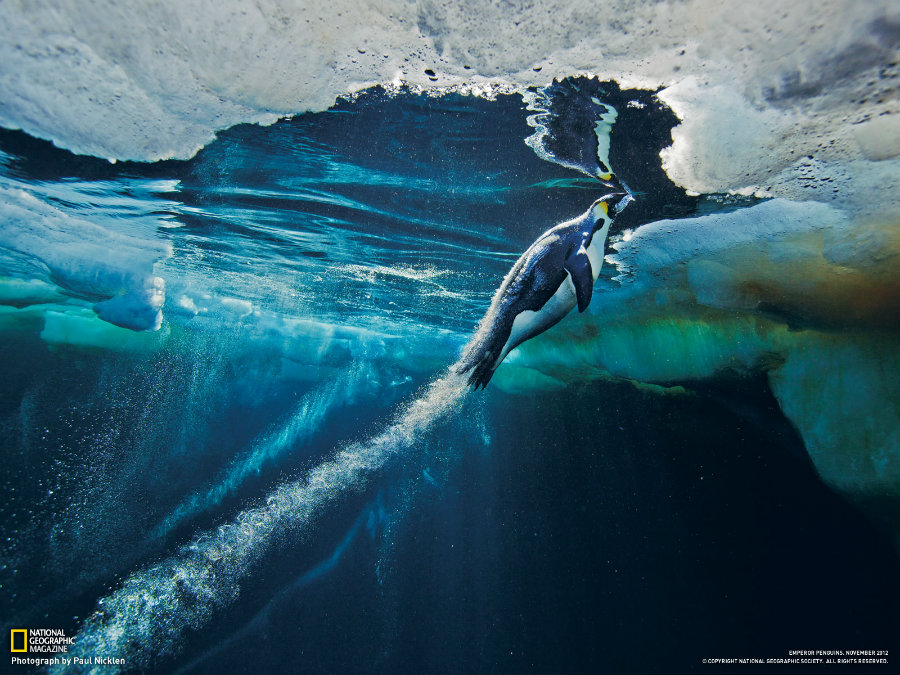Conservation photographer, Paul Nicklen, has spent over two decades documenting the ice and wildlife in two of the most inhospitable places on Earth: the Arctic and the Antarctic.
Nicklen spent some time recently and shared photos of the wildlife and environment, showing the fragile state of the Arctic and the Antarctic, which have been most affected due to climate change.


The pictures emerge at the same time as a new study by the U.S. Geological Survey along with the University of Wyoming, which found that increased westward ice drift in the Beaufort and Chukchi seas requires polar bears to waste more energy walking eastward on a faster moving “treadmill” of sea ice.
Conservation photographer sheds light on precarious conditions of arctic animals
Nicklen told NPR he often finds himself immersed in frigid waters, just a camera’s length away from dangerous predators. He recalled being face to face once with a 1,000-pound leopard seal, which opened her mouth while he stared down her throat. The photographer said his utmost concern is for the well-being of the animals he finds.
“I want to get close, but I also never want to harass an animal,” said Nicklen, according to NPR. “What you learn about these animals is how communicative they are, how intelligent they are, how social they are, how forgiving they are.”
He said he had fallen deeply in love with leopard seals after one stayed with the photographer for four days. Nicklen recalls that every time he got in the water, she’d join him, and when he’d go back to his sailboat every night, she’d follow him too. The female sea leopard even tried to feed Nicklen with live and death penguins.
Nicklen also discussed the struggles that polar bears and other species have to endure in their habitat. He noted that in the last years, there had not been any ice around Svalbard, Norway, which once was completely covered by sea ice.
“And when there’s no ice that means bears basically do not have that platform to catch seals, and that’s their main food source,” told Nicklen to NPR. “They might eat a little bit of seaweed… they might get the odd bird egg or the odd bird, but that’s not giving them any nutritional value.”
Sea ice drifts put polar bears on faster moving ‘treadmills’ to hunt for food
Nicklen’s remarks coincide with the latest study by the U.S. Geological Survey, which noted that increased sea ice drifts put polar bears on faster moving treadmills. The study was published Tuesday in the journal Global Change Biology.
According to Dr. George Durner, research ecologist with the USGS and lead author of the new report, increased sea ice drift rates exacerbate the physiological stress due to reduced foraging opportunity already suffered by many polar bears in the warming Arctic, adding yet “another straw to the camel’s back.”
The findings were discovered using radio-tracking data of collared adult female polar bears in the Beaufort and Chukchi seas along with sea ice drift data from the National Show and Ice Data Center. The data included over 77,000 bear locations and matching ice drift values, and were collected during two periods with different sea ice characteristics, 1987-1998 and 1999-2013.
The researchers said that polar bears need to consume one to three more seals per year (a 2 to 6 percent increase) to compensate for the higher expenditure of living on faster drifting ice. However, the more the polar bears have to walk to find prey, the more they’ll wear out, and as climate change keeps melting ice and, finding food has become increasingly harder to these animals.
Source: NPR
